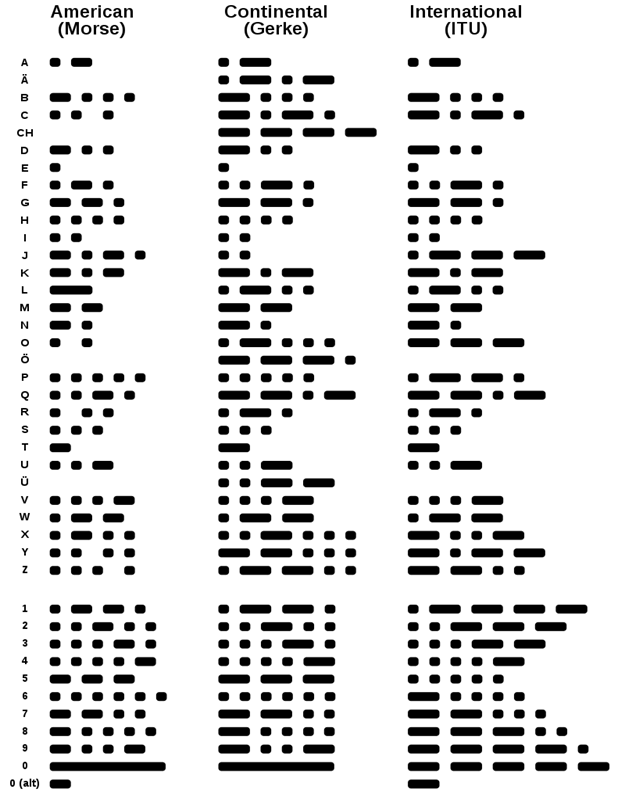 Tap, Tap, Tap! The Myth of Sending Morse Code by Tapping on Pipes or Walls
Tap, Tap, Tap! The Myth of Sending Morse Code by Tapping on Pipes or Walls
We’ve all seen it in movies and TV shows – the dramatic scene where a prisoner taps on a pipe or wall, attempting to send a secret message in Morse code. It’s an iconic image that has been ingrained in popular culture, but is there any truth to this method? Well, we hate to break it to you, but the answer is a resounding no. Sending Morse Code by tapping on pipes or walls is nothing more than an entertaining myth, albeit one that has captured our imagination for decades. Most people accept that it is possible because they have never tried to actually read Morse Code
Let’s start by examining some of the most memorable examples from the silver screen. In the film “The Great Escape” (1963), prisoners of war employ this technique to communicate and plan their escape. Similarly, in “The Shawshank Redemption” (1994), Andy Dufresne uses it to connect with his fellow inmates. And who could forget “Escape from Alcatraz” (1979), where Clint Eastwood’s character taps his way to freedom? There was also Scotty tapping on the wall in Star Trek 5. These moments are undeniably thrilling, but sadly, they are far from accurate.
The main flaw with this method lies in the inability to distinguish between dots and dashes, the fundamental components of Morse code. In Morse code, a dot represents a short sound or light signal, while a dash represents a longer one. By tapping on a pipe or wall, the resulting sound is essentially the same length each time, making it impossible to differentiate between the two. So, in essence, the message becomes a series of indistinguishable taps, rendering it unreadable. The movie scenario presumes that the audience is not actually going to read the Morse Code. This is a simple message, can you decode it?
Here is what it looks like
Does it make sense yet?
How about this?
Now it should start making sense. The dots and dashes can be clearly distinguished. You can see on the table above that this is CQ, which is a commonly used abbreviation for calling any station. In the click form above it could have been a variety of things.
| 1 | 2 | 3 | 4 | 5 | |
|---|---|---|---|---|---|
| 1 | A | B | C/K | D | E |
| 2 | F | G | H | I | J |
| 3 | L | M | N | O | P |
| 4 | Q | R | S | T | U |
| 5 | V | W | X | Y | Z |
Now, you might be thinking, “Well, what about the tap code? Isn’t that a similar concept?” While it’s true that the tap code, used by prisoners during times of war, involves tapping on a surface, it is an entirely different system. The tap code is based on a grid of letters, where each letter is represented by a combination of two taps. This way, the message can be accurately conveyed, unlike the Morse code myth we discussed earlier. As you can see Tap Code is entirely different from Morse Code
Additionally, even if we were to suspend our disbelief and accept that sending Morse code by tapping on pipes or walls was possible, there are still countless characters and sequences that could easily be confused. A short tap followed by a long tap might be interpreted as “A,” but it might also be interpreted as “I”, “N” or “M.” Such confusion would inevitably lead to miscommunication and potentially disastrous consequences.
Recently there was real-life incident, the Titan submersible accident which started speculation about a banging noise being Morse Code. When the submersible imploded over 3,800 meters below the surface, the resulting sound was heard as a loud bang by the crew of a passing ship. Conspiracy theories quickly emerged suggesting that the bang was Morse code, a desperate attempt for help from the doomed submarine. However, experts dismissed this idea, explaining that the sound was unrelated.
So, the next time you find yourself enthralled by a movie character’s Morse code tapping, remember that it’s purely for dramatic effect. Sending Morse code by tapping on pipes or walls might make for great storytelling, but in reality, it’s about as effective as using smoke signals to send a text message.
